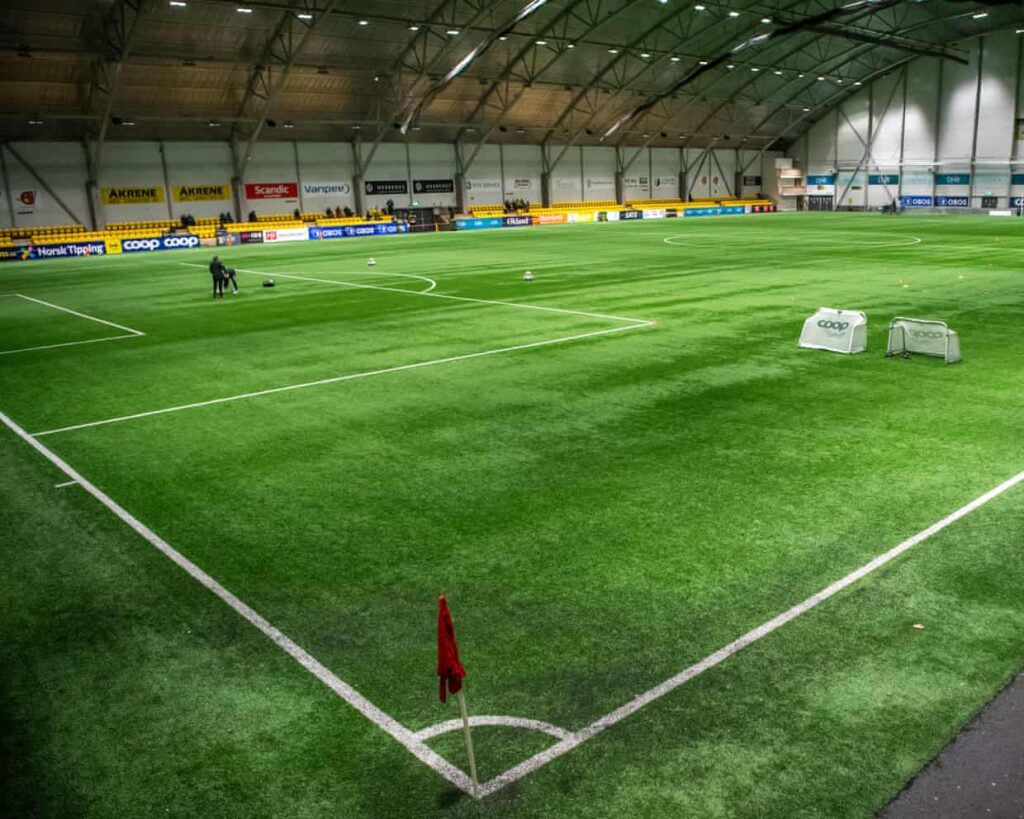
The Norwegian football club Vålerenga has called for significant reforms to anti-doping regulations following a case where a player from their women’s team tested positive for a banned substance due to environmental factors. This unprecedented situation concluded on July 26, 2023, when the World Anti-Doping Agency (WADA) opted not to appeal a ruling from Anti-Doping Norway (ADNO) that exonerated the player, deeming her faultless.
The case began on April 22, 2023, during a match against LSK Kvinner at LSK-Hallen in Lillestrøm, near Oslo. Following a routine drug test, samples from four players on each team revealed the presence of the prohibited stimulant DMBA. One sample, belonging to the Vålerenga player, exceeded the WADA threshold of 50 ng/ml, triggering an investigation by ADNO and raising immediate concerns about doping violations.
Confusion enveloped the investigation as officials from both clubs and ADNO found no common sources of the substance in the players’ diets or supplements. The affected player, who has chosen to remain anonymous, recounted her distress upon learning of the positive test. She expressed her anxiety, stating, “It was a terrible moment. It was a very upsetting experience and I couldn’t really understand what was going on.” Despite the uncertainty, she continued to compete while the inquiry unfolded.
After extensive testing, the investigation revealed that the source of the DMBA was the rubber crumb used in the artificial pitch, a finding that took months to establish. The investigation concluded in July, confirming that the synthetic material had inadvertently transferred the banned substance to players during the match. DMBA is known to stimulate the central nervous system and is prohibited in both Norway and the European Union.
This case marks the first known instance in elite sports where environmental exposure has led to a perceived doping violation. The player expressed relief at being cleared, stating, “I’ve always known I did nothing wrong and I’m grateful to ADNO for tracing the source to LSK-Hallen.” However, she highlighted the arbitrary nature of the process, emphasizing that had ADNO not identified the rubber crumb as the source, her career could have faced severe consequences.
While current safety assessments do not deem artificial surfaces a health risk, concerns about microplastics and environmental pollution have been raised. The European Union plans to ban rubber crumb infill by 2031, a move that follows growing scrutiny of synthetic pitches. In light of the Vålerenga incident, the Norwegian Football Federation has recommended that indoor matches be shifted outdoors, as approximately 1,800 such pitches exist in Norway, with many more across the UK and Europe.
Vålerenga’s management is advocating for changes to anti-doping regulations that would acknowledge that not all positive tests are attributable to an athlete’s intentional actions. The current global anti-doping framework operates under a principle of “strict liability,” which means that an athlete is responsible for any banned substances found in their system, regardless of intent or negligence.
Harriet Rudd, CEO of Vålerenga, emphasized the need for a broader perspective on anti-doping measures. She stated, “Environmental factors really need to be high on the radar moving forward. It’s about having a holistic overview of what in the environment you risk finding in a doping test.” Rudd also expressed concern that future players testing positive for DMBA might not have the same opportunity to prove their innocence, questioning the thoroughness of investigations under different circumstances.
The exonerated player shared her hope for improved legal protections for athletes in similar situations, stating, “Hopefully other athletes in a situation like mine will have stronger legal protection in the future. The rules as they are today can lead to an innocent athlete being suspended for years.”
WADA has not yet commented on the case or the implications it raises for future doping regulations. As the sporting community grapples with the evolving landscape of anti-doping, the Vålerenga case serves as a critical reminder of the complexities surrounding environmental exposure in sports.






